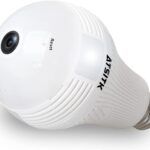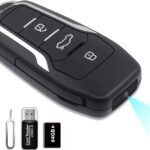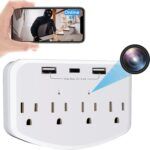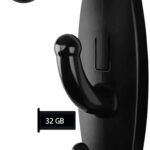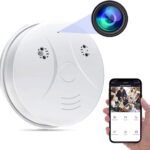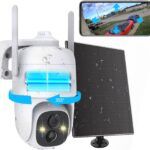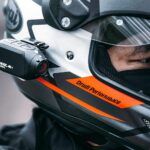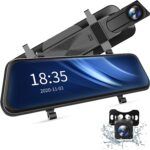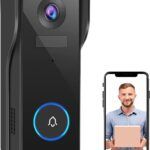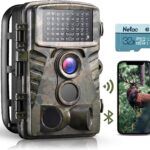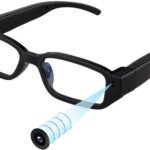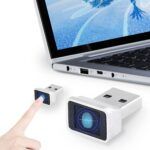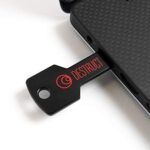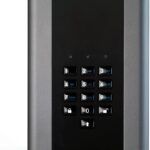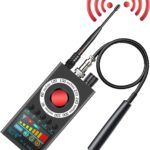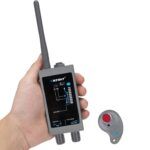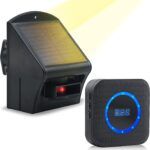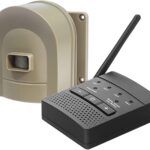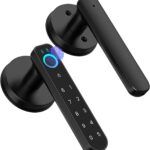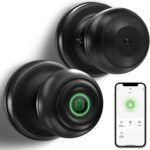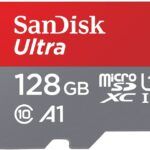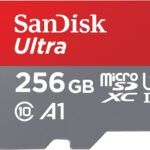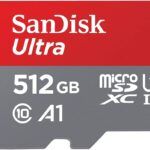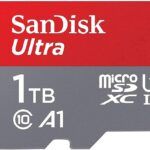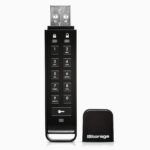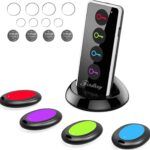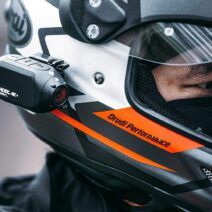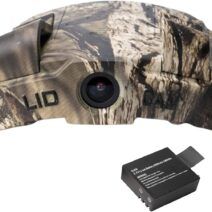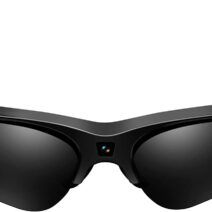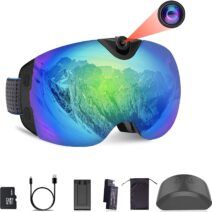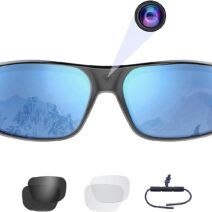- What makes action cameras different from regular cameras?
Action cameras are designed to capture high-quality footage and photos in extreme environments and conditions, making them a popular choice for adventurers, athletes, and outdoor enthusiasts. They are typically smaller, lighter, and more durable than regular cameras, and often come with a range of mounting options to enable hands-free use. Additionally, many action cameras are waterproof or water-resistant, making them ideal for capturing footage in and around water. These features, along with the ability to shoot at high frame rates and capture wide-angle shots, make action cameras a popular choice for capturing fast-paced and dynamic activities.
- Can I use an action camera for normal photography or video recording?
While action cameras are primarily designed for recording action-packed footage in extreme environments, they can also be used for normal photography and video recording. However, their features and functionalities are often limited compared to regular cameras. For instance, action cameras typically have a wide-angle lens, which may not be suitable for capturing more traditional shots with narrower angles. Additionally, they may not have the same level of manual control and customization options as regular cameras. However, they can still be used for casual photography and video recording, especially if you want to capture moments with a unique perspective or in challenging environments.
- What is the resolution, frame rate, and footage quality on action cameras?
The resolution and frame rate of an action camera play a crucial role in the quality of the footage. Low end action cameras offer a resolution of 1080p, but most decent action cams will have a resolution of 2K or 4K, with higher resolutions providing better image quality. Frame rate is the number of individual frames captured per second, with the most common options being 30, 60, and 120 frames per second. The higher the frame rate, the smoother the video will appear, especially when slowed down in post-processing. Having high frame rate is crucial if you plan to add slow-motion effects to your videos.
When it comes to action cameras, the resolution and frame rate work in tandem to provide the best possible footage. Higher resolutions allow for more detail and clarity, while higher frame rates create smoother and more fluid footage, particularly for fast-moving action shots. It’s important to consider both factors when selecting an action camera to ensure that it meets your specific needs and requirements.
- What kind of image stabilization technology do action cameras use and how effective is it?
Action cameras use various image stabilization technologies to reduce the shakiness in footage caused by camera movement during activities such as sports and outdoor adventures. The two most commonly used types of image stabilization technology in action cameras are electronic image stabilization (EIS) and optical image stabilization (OIS).
- EIS uses software algorithms to detect camera movement and reduce the impact of this movement on the footage.
- OIS uses physical components such as sensors and motors to compensate for camera movement.
While both methods are effective in reducing shakiness in footage, OIS tends to be more effective in compensating for larger movements, such as those encountered during extreme sports activities. However, OIS can be more expensive and can add extra weight to the camera, which may not be suitable for some activities.
- Can I use an action camera underwater or in other extreme environments?
Most action cameras are designed to be used in extreme environments, including underwater. Many action cameras come with a waterproof housing that allows them to be submerged in water and protect the camera from damage. The housing can usually withstand depths of up to 30 meters (100 feet) or more, depending on the model.
Action cameras are also built to be rugged and shock-resistant, making them ideal for use in other extreme environments such as snow, sand, and high-altitude environments. Some action cameras even come with additional mounts and accessories that allow them to be attached to helmets, bikes, cars, and other objects to capture unique angles and perspectives.
- What kind of battery life can I expect from an action camera and how long does it take to charge?
The battery life of an action camera varies depending on the model and usage. Generally, an action camera’s battery life can last anywhere from one to three hours of continuous recording. However, recording at higher resolutions and frame rates can drain the battery faster. It’s important to keep spare batteries handy if you plan to use the camera for extended periods of time.
Charging time can also vary depending on the camera’s battery capacity and charging method. Some cameras come with a removable battery that can be charged separately, while others require charging the entire camera unit. Charging times can range from an hour to several hours, so it’s important to plan accordingly and make sure your camera is fully charged before using it.
- What is the field of view of an action camera and how does it affect the footage?
The field of view (FOV) of an action camera refers to the area that is visible through the camera lens. It is typically measured in degrees and determines how much of the surrounding environment can be captured in a single shot. Most action cameras offer a wide-angle field of view, with some models even offering 170-degree or wider coverage. The wider the field of view, the more expansive the footage will be, allowing for a more immersive viewing experience.
However, a wider field of view can also result in some distortion at the edges of the frame, making objects appear curved or stretched. Some action cameras also offer the ability to adjust the field of view to a narrower angle, which can be useful in certain situations where a more focused shot is required.
For a preview of field of view don’t hesitate to check out our proprietary lens angle preview tool.
- Can I use an action camera for live streaming?
Many action cameras can be used for live streaming, but it depends on the camera’s capabilities and the streaming platform being used. Some action cameras have built-in live streaming capabilities, while others require additional accessories such as a capture card or a Wi-Fi connection to stream live. The quality of the live stream will depend on factors such as the camera’s resolution and frame rate, as well as the strength of the internet connection being used. Some action cameras may also have features such as image stabilization and low-light performance that can be beneficial for live streaming in different environments. It’s important to check the camera’s specifications and the streaming platform’s requirements before attempting to use an action camera for live streaming.
- Can I control an action camera remotely?
Most action cameras come with a companion app that allows you to control the camera remotely using your smartphone or tablet. The app usually offers various functions such as changing settings, starting and stopping recordings, and viewing footage in real-time. Some models also offer voice control or remote control using a wearable device such as a smartwatch. This feature is especially useful when the camera is mounted in a hard-to-reach spot or when you need to keep your hands free. Keep in mind that the range of remote control can vary depending on the model and environment.
- What kind of memory cards are compatible with action cameras and how much storage do I need?
Most action cameras use microSD cards for storage, and the type and size of the card can affect the performance of the camera. It’s important to choose a card that is compatible with your camera and has enough storage space for your needs. Generally, you should choose a card with a Class 10 or UHS-I rating for faster write speeds, especially if you plan to shoot high-quality video. Additionally, some cameras may have a maximum capacity limit for the memory card, so it’s important to check the manufacturer’s specifications. For extended recording, consider investing in a larger-capacity memory card or carrying multiple cards to swap out as needed.
- What kind of audio quality can I expect from an action camera?
Action cameras typically come with built-in microphones that record audio. However, due to the camera’s small size and the fact that they are often used in noisy or windy environments, the audio quality may not always be optimal. Some action cameras offer external microphone support, which can help improve the quality of the audio recording. It’s important to note that using an external microphone may require additional equipment and setup, and may not always be practical in certain environments. Overall, while action cameras are primarily designed for video recording, the audio quality can still be sufficient for basic use.
- Can I use an action camera for time-lapse photography?
Most action cameras come with a time-lapse feature that allows you to capture a series of images at set intervals and then stitch them together to create a video. This feature is especially useful for capturing events that take place over an extended period, such as a sunrise or sunset, or the construction of a building. To use the time-lapse feature, you’ll need to select the appropriate interval between shots based on how long you want the time-lapse to last, and then set the camera up in a stable position. Some action cameras also come with additional settings, such as exposure and white balance control, to help you capture the perfect time-lapse footage.
- How does an action camera compare to a smartphone camera?
An action camera is designed to be small, rugged, and waterproof, making it ideal for capturing footage in extreme environments. In comparison, a smartphone camera is more versatile and can be used for a wider range of photography and videography. However, action cameras have some advantages over smartphone cameras when it comes to capturing fast-paced action and sports activities. Action cams typically have a wider field of view, higher frame rates, and better image stabilization, allowing them to capture smooth and clear footage even when the camera is moving. Additionally, many action cameras are designed to be mounted on helmets, bikes, or other equipment, providing unique perspectives that are difficult to achieve with a smartphone.
- Is it legal to record in public with an action camera?
In general, it is legal to record in public with an action camera, but there are some limitations to be aware of. Most countries have laws regarding privacy and data protection, which means that you should not record people without their consent in areas where they have a reasonable expectation of privacy, such as in bathrooms or changing rooms. Additionally, some public places such as government buildings or military installations may have restrictions on photography or videography. It is always a good idea to be aware of your surroundings and any applicable laws or regulations before recording with an action camera in a public place.
Action cameras are small, portable cameras designed to capture high-quality footage of fast-paced action and adventure activities. These cameras are highly durable and can be mounted on a variety of surfaces, such as helmets, handlebars, or surfboards, making them popular among outdoor enthusiasts, athletes, and filmmakers.
Showing all 5 products:

Drift Ghost 4K+ Motorcycle Action Camera
$199.99
Lidcam+ Hunting Ballcap Action Camera
$199.99
MingSung Hidden Sunglasses Camera
$59.99
OhO Ski Goggles Camera
$249.99
OhO Smart Camera Glasses
$119.99

Action cameras are compact and durable cameras designed for outdoor and adventure activities. These cameras are ideal for capturing action shots, high-speed videos, and can be mounted on helmets, bikes, or other equipment to provide a first-person perspective. Action cameras have become increasingly popular among adventure enthusiasts, sports enthusiasts, and travelers who want to document their experiences in a unique and exciting way.
Action cameras are built to withstand harsh outdoor environments and are often waterproof, shockproof, and dustproof. They are equipped with a wide-angle lens that can capture a broad field of view, making them perfect for capturing sports and outdoor activities. Most action cams come with built-in image stabilization to minimize camera shake and ensure that footage remains stable and smooth. Additionally, action cameras are small and lightweight, making them easy to carry around, and their long battery life means that they can be used for extended periods without needing to be charged.
Action Camera FAQs
Action cameras are powerful tools that allow you to capture stunning footage in various environments and situations. They are designed to be compact, lightweight, and durable, making them ideal for outdoor activities, sports, and adventure photography.
With features such as high-resolution video recording, image stabilization, and wide-angle lenses, action cameras have become a favorite among enthusiasts and professionals alike.
Whether you are looking to capture your surfing adventures, skydiving experience, or just document your daily life, an action camera can be a valuable addition to your gear.


